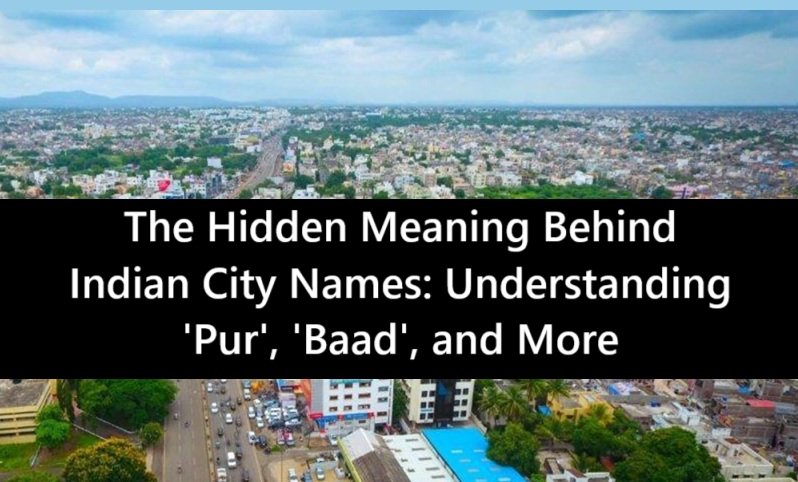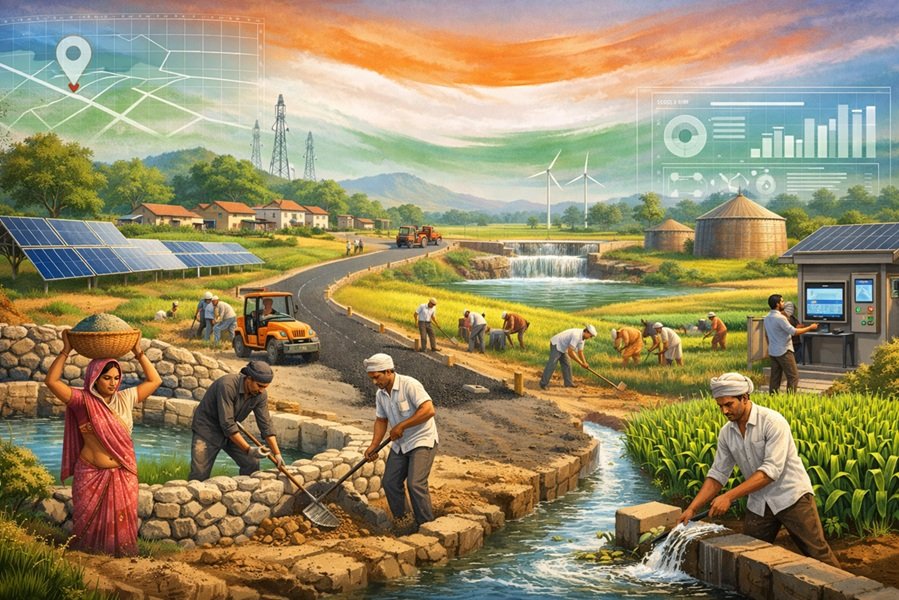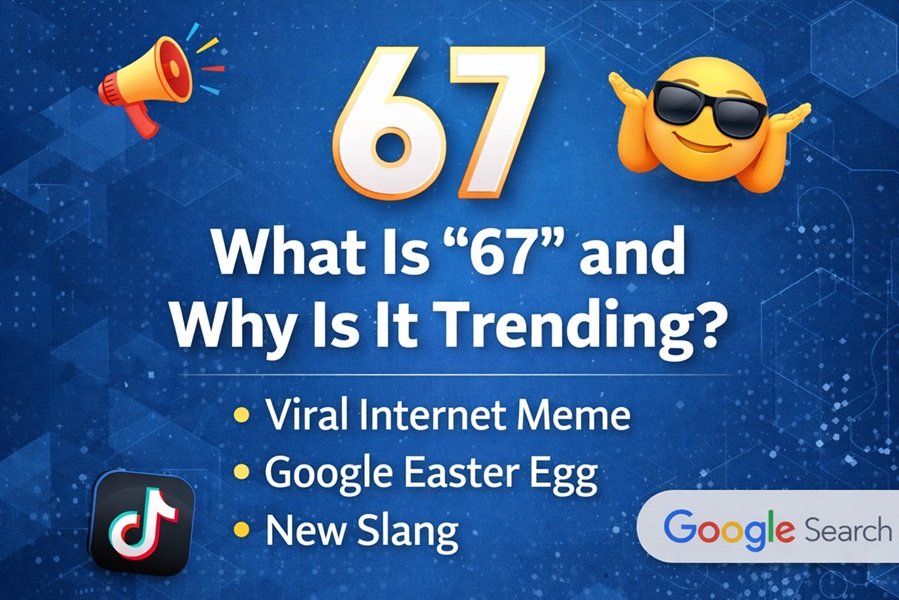
Introduction
India, with its vast cultural and historical diversity, has a unique way of naming its cities and towns. The suffixes attached to place names often reveal deep-rooted linguistic, historical, and cultural influences. From “Pur” and “Baad” to “Garh,” “Nagar,” and “Patna,” each naming convention tells a fascinating story about its origins, rulers, and settlements. This article explores the significance behind these names and how they shape India’s geographical identity.
1. The Ancient Roots: “Pur” (पुर)
Meaning & Origin
- Derived from Sanskrit, meaning “city” or “settlement.”
- One of the oldest suffixes in Indian place names, dating back to Vedic times.
- Common in cities that were historically important trading centers, capitals, or religious hubs.
Examples & Significance
- Jaipur – Named after Maharaja Jai Singh II, the founder of the city.
- Kanpur – Originally “Kanhapur,” believed to be named after Lord Krishna.
- Jodhpur – Founded by Rao Jodha in the 15th century.
- Nagpur – Named after the Nag river that flows through the region.
- Udaipur – Established by Maharana Udai Singh II.
Why Were These Names Used?
- The “Pur” suffix indicated planned cities and fortified settlements.
- Many of these cities were centers of governance, learning, or military significance.
- Some were associated with Hindu mythology or named after kings and deities.
2. Persian Influence: “Baad” (बाद)
Meaning & Origin
- Derived from Persian, meaning “habitation” or “settlement.”
- Became common during the Delhi Sultanate and Mughal eras (1200s-1700s).
- Many cities with “Baad” were named after Mughal rulers or noblemen.
Examples & Significance
- Hyderabad – Named after Hyder Mahal, wife of Quli Qutb Shah.
- Sikandrabad – Named after Sikandar Lodi of the Delhi Sultanate.
- Farrukhabad – Named after Mughal emperor Farrukhsiyar.
- Ahmedabad – Established by Sultan Ahmed Shah in 1411.
- Aurangabad – Named after Emperor Aurangzeb.
Why Were These Names Used?
- Marked cities founded or expanded by Muslim rulers.
- Many were administrative centers, trade hubs, or military outposts.
- Some names reflected Persian and Islamic architectural influences in city planning.
3. Warrior Strongholds: “Garh” (गढ़)
Meaning & Origin
- Derived from Sanskrit and Hindi, meaning “fort” or “stronghold.”
- Common in places that were military fortresses or strategic defense points.
Examples & Significance
- Gwalior Garh – Famous for its massive hilltop fort.
- Jhansi Garh – The stronghold of Rani Lakshmibai.
- Chittorgarh – One of the largest forts in India.
- Durg (Chhattisgarh) – Named after a legendary fort.
Why Were These Names Used?
- Indicated cities built around fortresses or royal capitals.
- Many were battle sites, defended by Rajputs, Marathas, or Mughals.
- Still serve as reminders of India’s medieval military history.
4. Urban Settlements: “Nagar” (नगर)
Meaning & Origin
- Derived from Sanskrit, meaning “town” or “city.”
- Used for planned urban centers with commercial and administrative importance.
Examples & Significance
- Ahmednagar – Named after Ahmed Nizam Shah.
- Gorakhpur – Named after the saint Gorakhnath.
- Hassan Nagar – Named for Hoysala dynasty influences.
- Mangalore Nagar – Historically a coastal trade hub.
Why Were These Names Used?
- Indicated bustling cities, markets, and administrative districts.
- Many of these towns were trade and learning centers.
5. Ancient Trading Hubs: “Patna” & “Pattinam”
Meaning & Origin
- “Patna” comes from Sanskrit “Pattanam,” meaning “port” or “market town.”
- “Pattinam” is common in South Indian coastal towns.
Examples & Significance
- Patna – One of India’s oldest cities, formerly Pataliputra.
- Cuttack (Kataka) – A major trading post in ancient Odisha.
- Visakhapatnam – A historic seaport in Andhra Pradesh.
- Chidambaram Pattinam – Famous for its temples and commerce.
Why Were These Names Used?
- Indicated trading, maritime, and cultural exchange centers.
- Many were important during Chola, Vijayanagara, and Mughal periods.
6. Nature-Inspired Names: “Gaon”, “Khera”, “Thana”, “Kalan”, and “Khurd”
a) “Gaon” (गांव) – Meaning “village” in Hindi
- Found in rural areas: Noida Gaon, Rewari Gaon.
b) “Khera” (खेरा) – Meaning “small settlement” or “hamlet”
- Common in Haryana and Punjab: Firoz Khera, Rathi Khera.
c) “Thana” (ठाणा) – Meaning “station” or “military outpost”
- Examples: Thane (Maharashtra), Kathua Thana (Jammu & Kashmir).
d) “Kalan” (कलाँ) – Meaning “big” or “greater”
- Used to distinguish between two places with similar names, where Kalan refers to the larger settlement.
- Example: Madanpur Kalan (larger Madanpur), Dhamapur Kalan.
e) “Khurd” (खुर्द) – Meaning “small” or “lesser”
- Used to indicate the smaller of two similar-named places.
- Example: Madanpur Khurd (smaller Madanpur), Dhamapur Khurd.
Conclusion: A Tapestry of Heritage
India’s city names tell a rich story of history, rulers, languages, and cultural influences. Whether derived from Sanskrit, Persian, or local dialects, each suffix carries a unique meaning and purpose.
Understanding these names helps us appreciate the deep historical roots of India’s geography and the blend of cultures that shaped its cities. Next time you visit a city, look at its name—it might reveal more than you think!
Interactive Discussion
- Do you know a city with an interesting name history?
- Have you noticed any suffixes in your hometown’s name?
- What other naming patterns do you find intriguing?
Share your thoughts below!





